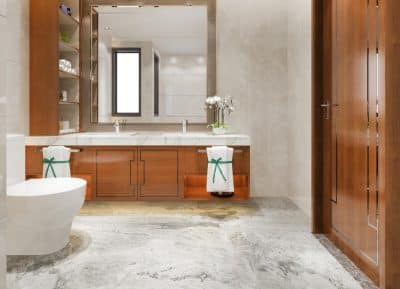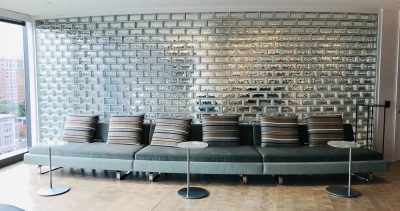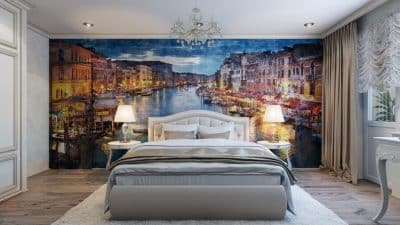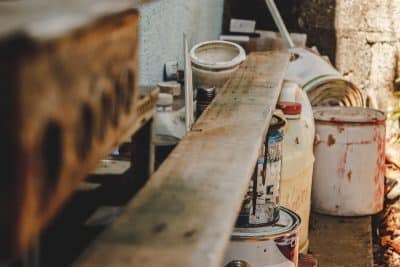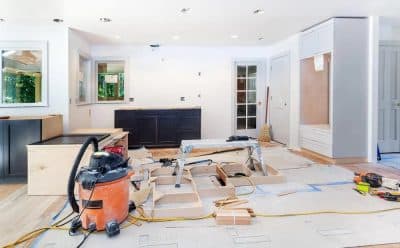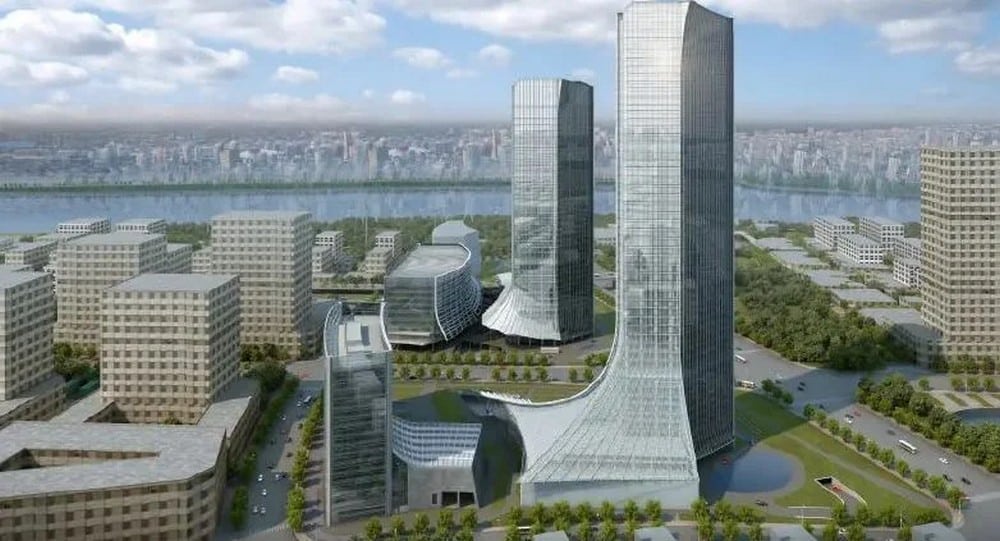
In today’s rapidly evolving world of architecture, builders and designers are always on the hunt for materials that combine aesthetics, functionality, and sustainability. One standout material that’s been gaining significant traction in recent years is polycarbonate. These high-performance sheets are not just a passing fad—they are reshaping the way we think about modern construction.
Polycarbonate sheets have become the go-to choice for forward-thinking architects and innovative builders. Why? Because they offer a rare combination of strength, versatility, and energy efficiency, wrapped up in a sleek, lightweight form. From transparent roofing in eco-homes to creative commercial facades, polycarbonate is proving its worth across the board.
The rise of polycarbonate in construction isn’t just about its technical specs. It’s a reflection of broader trends: a push toward greener materials, smarter energy use, and dynamic designs that adapt to various environments. In this article, we’ll dive deep into what makes polycarbonate sheets the hottest trend in building design and why you should seriously consider them for your next project.
What are polycarbonate sheets?
Polycarbonate sheets are a type of thermoplastic polymer known for their superior strength and clarity. They are manufactured through a process that combines high-performance polymers with advanced extrusion technologies, resulting in sheets that are lightweight, impact-resistant, and flexible.
Unlike traditional materials such as glass or acrylic, polycarbonate doesn’t shatter on impact. It offers a unique blend of resilience and transparency, making it ideal for applications where safety and visibility are key. Think about it like this: you get the see-through beauty of glass without the fragility.
Another major advantage is how polycarbonate stacks up against other building materials. Compared to glass, it’s up to 200 times stronger. Against acrylic, it’s more flexible and less prone to cracking under pressure. Plus, it weighs half as much, which significantly reduces structural load and makes installation easier.
This impressive balance of properties makes polycarbonate a multi-functional material. It’s used in everything from protective shields and skylights to facades and canopies. And thanks to technological advancements, you can now find versions with added UV resistance, anti-scratch coatings, and even fire retardant capabilities.
When we talk about innovation in building design, polycarbonate is no longer the underdog—it’s the main event.
The key features of polycarbonate sheets
So, what exactly makes polycarbonate sheets such a game-changer? Let’s start with durability. These sheets are virtually unbreakable. In fact, many security applications use polycarbonate for its high impact resistance, including police shields and bullet-resistant windows.
Next up is their lightweight nature. Despite being incredibly tough, polycarbonate sheets are remarkably light. This reduces shipping costs, eases installation, and puts less stress on building structures. For builders and architects, that means faster, more flexible designs without compromising on safety or stability.
Flexibility is another big win. Unlike rigid materials that can only be cut into specific shapes, polycarbonate sheets can be bent, curved, or thermoformed. This opens the door to creative and modern architectural elements—think curved facades, flowing awnings, or custom signage.
One of the standout examples of this versatility can be seen on Film-sheet-products.com, a platform showcasing a wide range of polycarbonate applications. From commercial buildings to DIY projects, the possibilities are nearly endless.
But let’s not forget the branding powerhouse: LEXAN™ polycarbonate sheets. These are among the most trusted in the industry, known for their exceptional quality and durability. Used in both residential and industrial applications, LEXAN™ has become synonymous with reliability and innovation.
Ultimately, these features all come together to create a material that’s not only high-performing but also user-friendly. It’s a rare combination that gives polycarbonate its edge in today’s competitive building market.
Energy efficiency and insulation benefits
In an era where energy efficiency is not just a preference but a necessity, polycarbonate sheets shine bright. Their excellent thermal insulation properties help maintain indoor temperatures, cutting down on the need for excessive heating or cooling. That’s good news for your wallet and great news for the planet.
Thanks to their multi-wall structure, polycarbonate sheets trap air between layers, acting as a natural insulator. This design minimizes heat transfer and helps keep buildings warmer in winter and cooler in summer. It’s like having built-in temperature control without the added energy consumption.
This isn’t just theory—studies have shown that buildings using polycarbonate panels can reduce their energy usage by up to 30%. That’s a massive impact, especially for large-scale commercial buildings where heating and cooling account for a significant chunk of operational costs.
And let’s not overlook the natural lighting advantage. Because polycarbonate is highly transparent, it allows for maximum light transmission without the heat associated with glass. This means fewer artificial lights during the day, further slashing energy bills.
Whether you’re designing a sunroom, a commercial skylight, or a greenhouse, choosing polycarbonate isn’t just smart—it’s strategic. You’re future-proofing your space while contributing to sustainable building practices.
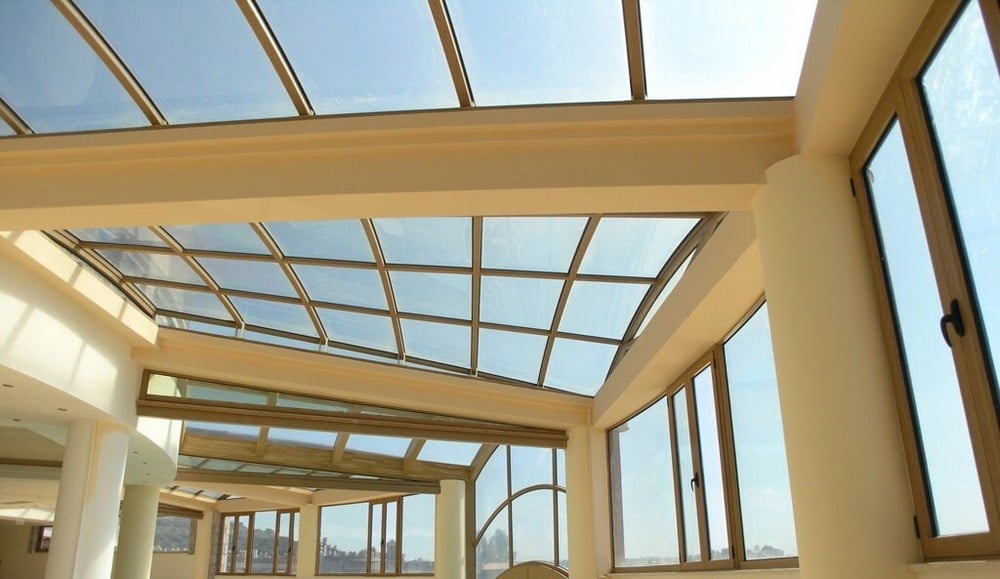
UV protection and weather resistance
Durability doesn’t just mean surviving a knock or two—it’s also about standing strong against the elements. And this is where polycarbonate really pulls ahead. These sheets are engineered with UV-resistant coatings that block harmful rays while maintaining their structural integrity and clarity over time.
Imagine a traditional plastic roof exposed to full sunlight for a year. It yellows, cracks, and warps, right? Polycarbonate doesn’t play that game. It’s designed to withstand prolonged sun exposure without degrading, making it ideal for outdoor applications like roofing, pergolas, and cladding.
But it’s not just the sun it can handle. Rain, snow, wind, and even hail have little effect on polycarbonate’s performance. It’s resistant to moisture absorption and doesn’t become brittle in freezing conditions, which is a huge plus in colder climates.
One major benefit of the built-in UV protection is occupant safety. By filtering out UV rays, polycarbonate helps protect furniture, flooring, and—most importantly—people from long-term exposure. It’s like putting sunglasses on your building.
Add to that its fire-retardant properties and high melting point, and you’ve got a material that’s as safe as it is stylish. Polycarbonate isn’t just surviving the elements—it’s thriving in them.
Aesthetic appeal in modern architecture
Let’s talk about looks—because in architecture, appearances matter just as much as performance. Polycarbonate sheets are not only functional but also incredibly stylish. They offer a sleek, contemporary appearance that complements both minimalistic and bold designs. Their glossy or matte finishes can be tailored to suit just about any aesthetic, making them a favorite among modern architects.
One of the most compelling aspects of polycarbonate is its transparency options. Whether you want a completely clear roof for a greenhouse or a frosted wall panel for privacy, you can find a polycarbonate variant that fits the bill. This adaptability allows designers to play with light and shadow, creating dynamic spaces that change throughout the day.
Color customization is another game-changer. Polycarbonate sheets are available in a wide range of colors and opacities, making it easier to integrate branding elements or match a specific color palette. Some variants even come with reflective surfaces that enhance privacy while adding a sophisticated, high-tech feel to any structure.
Think of polycarbonate as the designer’s dream: lightweight enough for creative manipulation, yet durable enough to stand the test of time. You can use it to construct floating staircases, curved facades, or even luminous interior dividers that glow with natural or artificial light. It’s like having a palette and building material all in one.
From corporate buildings that want to make a bold first impression to homes that crave natural light and open spaces, polycarbonate gives you the tools to build not just a structure—but a statement.
Applications in residential buildings
The use of polycarbonate in homes has skyrocketed, and it’s easy to see why. Homeowners are falling in love with the material’s ability to combine form and function, especially in areas where light, insulation, and style are important.
One of the most popular residential uses for polycarbonate is roofing—specifically for patios, verandas, greenhouses, and sunrooms. The sheets provide ample natural light while protecting against UV rays and bad weather. It’s like bringing the outdoors inside without any of the inconvenience.
Interior designers also use polycarbonate for stylish room dividers and wall cladding. Its translucent quality allows for privacy without completely blocking light, making rooms feel airy and open. You’ll find it used in modern kitchens, bathrooms, and even as a decorative accent in living areas.
Another booming application is in DIY projects. Polycarbonate is incredibly user-friendly—it can be cut, drilled, and shaped without the need for heavy-duty tools. So, whether you’re building a custom shed, a skylight, or a protective awning, polycarbonate offers a professional finish without the professional hassle.
It also scores major points in insulation. Using polycarbonate windows or roofing can help reduce your energy bills by regulating indoor temperatures. And because it’s virtually unbreakable, you can rest easy knowing your home is protected against accidents or attempted break-ins.
The best part? You don’t have to sacrifice style for substance. Polycarbonate gives your home a futuristic, polished look while offering benefits you’d typically only expect from more industrial materials.
Use in commercial and industrial projects
If you walk into any newly built commercial space today, there’s a solid chance you’ll spot polycarbonate at work. From stunning office atriums to rugged factory skylights, it’s everywhere—and for good reason. In commercial and industrial settings, performance is just as crucial as aesthetics, and polycarbonate checks every box.
Take warehouses, for example. These massive spaces require materials that are strong, durable, and light-permeable. Polycarbonate roofing and wall panels allow natural daylight to flood the interiors, reducing the need for artificial lighting and slashing energy costs. Plus, their impact resistance means they can handle the wear and tear of a busy industrial environment.
Office buildings are also tapping into the benefits of polycarbonate. It’s often used in decorative facades, room partitions, and even acoustic panels. The material’s ability to diffuse light makes workspaces feel more open and less claustrophobic. Employees benefit from better lighting and aesthetics, while business owners save on energy and maintenance.
And then there’s signage—polycarbonate is a staple in backlit displays and store signs because of its light-transmitting capabilities and long lifespan. It doesn’t yellow or crack over time, which means lower replacement costs and consistent branding.
Shopping centers, airports, sports arenas—you name it, and polycarbonate is likely playing a role behind the scenes. Its adaptability, cost-effectiveness, and sleek appearance make it an ideal material for high-traffic, high-visibility environments.
In short, polycarbonate isn’t just meeting expectations in the commercial world—it’s exceeding them.
Sustainability and environmental impact
Sustainability isn’t just a buzzword—it’s a building requirement. And polycarbonate sheets are stepping up to the plate in a big way. These sheets are fully recyclable and often manufactured with eco-friendly processes, aligning perfectly with the principles of green construction.
Compared to traditional materials like glass or metal, polycarbonate requires significantly less energy to produce. This results in a lower carbon footprint from the start. Add to that their superior insulation properties, and you’ve got a material that helps buildings stay energy-efficient over their lifetime.
Many polycarbonate sheets now include a percentage of recycled content, making them even more environmentally friendly. And when it’s time to replace or remove them? They can be recycled and repurposed into new products, minimizing waste.
Sustainable design is also about longevity—and this is where polycarbonate truly shines. Thanks to its high durability and resistance to weathering, it outlasts many conventional materials. That means fewer replacements, less waste, and better long-term environmental outcomes.
Polycarbonate is even making waves in achieving green building certifications. Whether you’re aiming for LEED, BREEAM, or other eco-certifications, incorporating polycarbonate can help tick those crucial sustainability boxes.
For designers and developers who want to build responsibly without compromising on performance or aesthetics, polycarbonate sheets are an obvious choice.
Cost-effectiveness and long-term value
Let’s talk numbers—because when you’re planning a building project, budget matters. One of the most attractive benefits of polycarbonate sheets is their cost-effectiveness. While the initial purchase price might be slightly higher than some basic materials, the long-term savings are impossible to ignore.
First off, installation is easier and faster. Polycarbonate is lightweight, which means less labor and equipment are needed to transport and install it. That translates to immediate savings on construction costs.
Then there’s the maintenance factor. Unlike glass, which can crack or break and requires regular cleaning, polycarbonate resists impact and dirt. Most sheets come with special coatings that repel dust and reduce cleaning frequency. Fewer repairs and replacements mean fewer expenses over time.
Durability also plays a big role in overall value. Polycarbonate doesn’t corrode, rust, or degrade when exposed to sun, rain, or snow. Its lifespan often exceeds 20 years, making it a long-term investment rather than a short-term fix.
Energy savings further boost the financial appeal. With its excellent thermal insulation and light transmission, polycarbonate helps reduce heating, cooling, and lighting costs, especially in commercial buildings.
For homeowners, businesses, and developers alike, the numbers just make sense. You get a high-performance, aesthetically pleasing, and sustainable material that saves you money from day one and continues to do so for decades.

